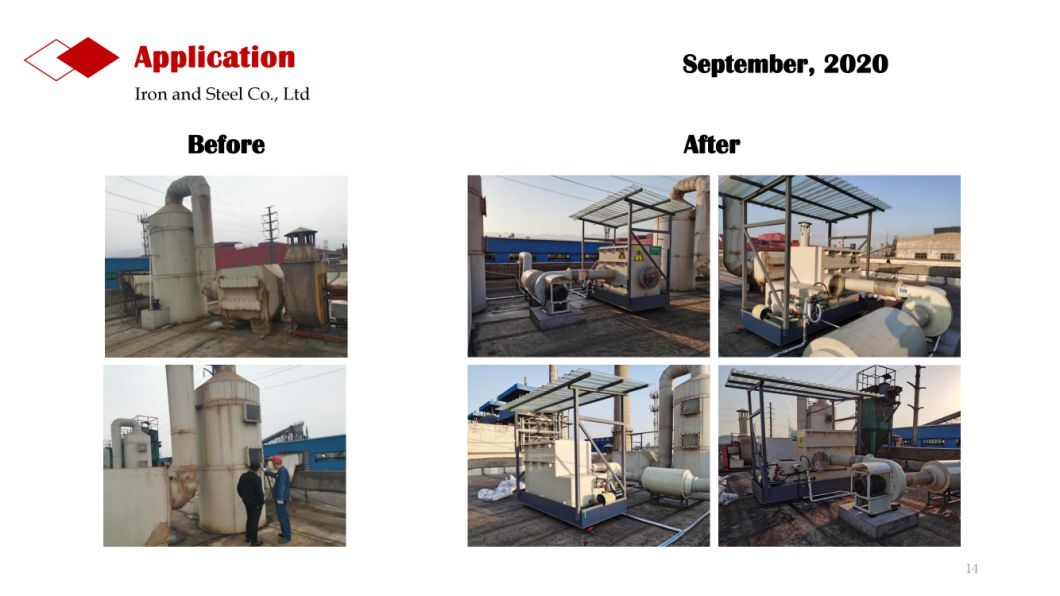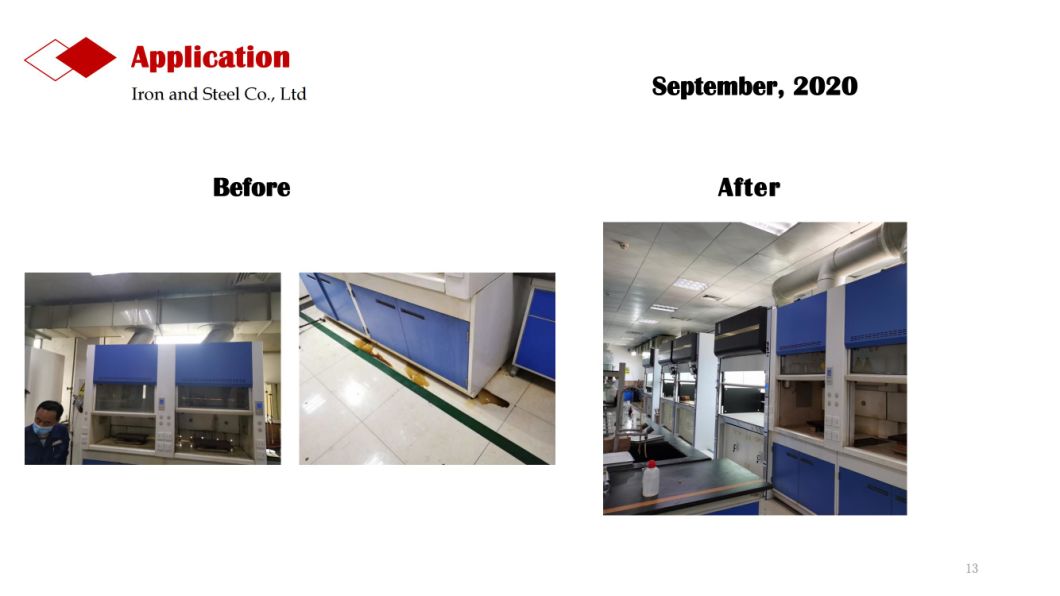Chengdu Ample Import And Export Co., Ltd. |
|
Fume hoods should provide a safe and functional workstation for
laboratory workers, and are often purchased with vented, flammable,
or corrosive storage base cabinetry. Flammable (flash point <
100 °F) and combustible chemicals (flash point >100 °F) impose a
fire hazard when stored/used improperly. The most common fume hood
safety hazards that arise in laboratories stem from cluttered
workstations, improper chemical storage, chemical fume hood
incompatibility, and failure to check the hood flow indicator to
make sure that it is working properly before starting work.
When choosing a ducted or ductless system, it is important to get
all of the necessary components to maintain good lab practices.
Cabinets are available for regular, solvent (flammable and
combustible), and corrosive (acids or bases) storage. Some cabinets
are designed without a bottom for easy access to equipment that can
be rolled into and out of the cabinet. If storage is not necessary,
simple base stands or carts (for portable hoods) are available to
elevate and support the hood and work surface.
Work surfaces vary in composition, abrasion, chemical, and heat
resistance. Solid epoxy resin work surfaces provide the
highest-level resistance, allowing users to perform tasks with high
concentrations of solvents, acids, and bases. Solid phenolic resin
stations are intended for high chemical resistance, but are not as
hard and durable as epoxy stations. Stations made of composite
resin provide the least amount of chemical resistance and are
intended for general use only. Stainless steel work surfaces are
also available for perchloric acid and radioisotope fume hoods,
both of which require ducted exhaust.
All work surfaces can be purchased with or without spill
containment for extra protection, and with cutouts for cup or
trough sinks. However, the more plumbing that a hood requires, the
less feasible portability becomes. Sinks would likely be plumbed to
acid waste systems, and if gas, compressed air, N2, or vacuum
turrets are necessary, then disconnecting and reconnecting the unit
to move it becomes more of a bother.
| Model Parameters | YT-1500A | YT-1500B | YT-1500C | YT-1800A | YT-1800B | YT-1800C |
| Size (mm) | 1500(W)*865(D)*2400(H) | 1800(W)*1205(D)*2400(H) | ||||
| Worktop Size (mm) | 1260(W1)*795(D1)*1100(H1) | 1560(W1)*795(D1)*1100(H1) | ||||
| Worktop | 20+6mm Ceramic | 20+6mm Ceramic | 12.7mm Solid Physiochemical Board | 20+6mm Ceramic | 20+6mm Ceramic | 12.7mm Solid Physiochemical Board |
| Liner | 5mm Ceramic Fibre | 5mm Compact Laminate | 5mm Compact Laminate | 5mm Ceramic Fibre | 5mm Compact Laminate | 5mm Compact Laminate |
| Diversion Structure | Back Absorption | |||||
| Control System | Touch-Tone Control Panel (LED Screen) | |||||
| Input Power | 220V/32A | |||||
| Fan Power | Less than 2.8 A | |||||
| Socket Max. Load | 5KW | |||||
| Faucet | 1 Set | |||||
| Drainage Mode | Natural Fall | |||||
| Storage | Double-Lock, Corrosion-Resistant, Damp-proof, Multi-layer Solid Wood with Mobile Wheel | |||||
| Application | Indoor No-blast, 0-40 ºC | |||||
| Application Field | Organic Chemical Experiment | |||||
| Face Velocity Control | Manual Control | |||||
| Average Face Velocity | 0.3-0.5 m/s Exhaust: 720-1200m³/h | 0.3-0.5 m/s Exhaust:900- 1490m³/h | ||||
| Face Velocity Deviation | Less than 10% | |||||
| Average Illumination | Less than 500 Lux | |||||
| Noise | Within 55 dB | |||||
| Exhaust Air | No Residue | |||||
| Safety Test | In Accord with International Standard | |||||
| Resistance | Less than 70Pa | |||||
| Add Air Function | Distinctive Structure (Need Exclusive Add Air System) | |||||
| Air Flow Control Valve | Dia. 250mm Flange Type Anti-Corrosion Control Valve | Dia. 315mm Flange Type Anti-Corrosion Control Valve | ||||
In the past, lab designers have avoided ductless fume hoods
because they feel that there is a compromise between safety and
efficiency. With advancing filter and monitoring technologies,
ductless systems are becoming more favorable as they provide a
"greener" laboratory product. However, monitoring is key, because
flow rates must be kept at appropriate levels, and it is difficult
to tell when filters become saturated.
Ductless hoods can be very heavy, and additional plumbed options
can eliminate their portability. Nevertheless, ductless hoods are
desirable over ducted hoods because the filters capture potentially
harmful pollutants, allow for proper waste removal, and are
incredibly energy efficient. Criticism arises with the potential
exhausting of fumes from chemical spills and forced evaporation
because the concentration of vapors versus the flow rate and
filterability becomes compromised.
Ducted hoods have been deemed "safer" by many ductless critics
because a wider range of chemicals can be used, chemical
breakthrough of the filter is not an issue, and they ensure good
air flow. There are some products available that can be adapted to
ducted systems to trap toxins and pollutants in exhaust prior to
atmospheric release, which eliminates pollution coming from the
ducts. Regardless, ducted hoods still face enormous energy
consumption and costs
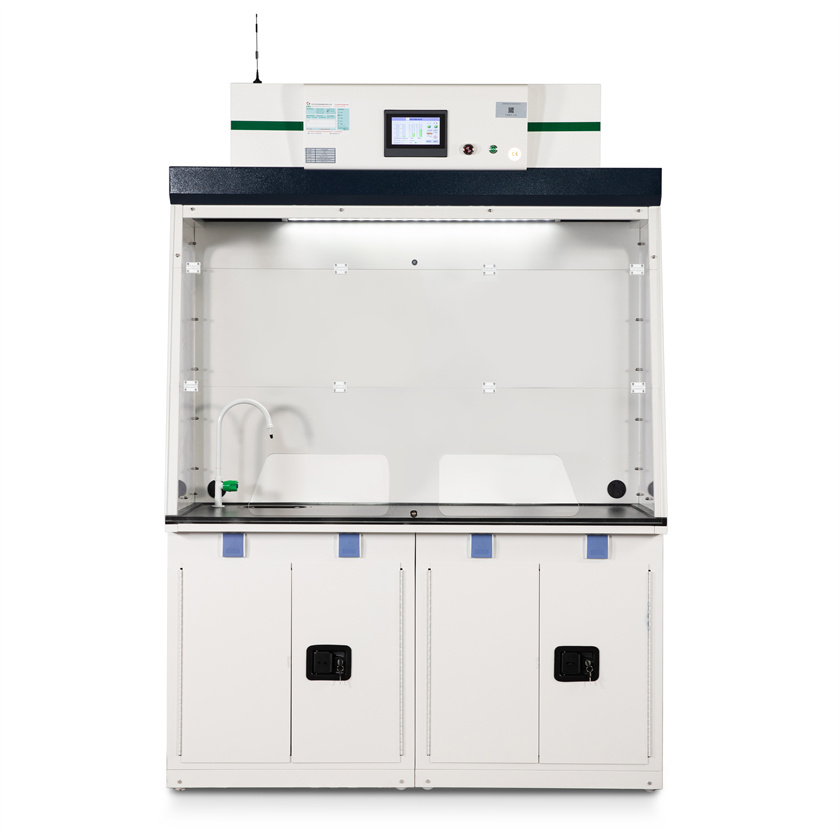
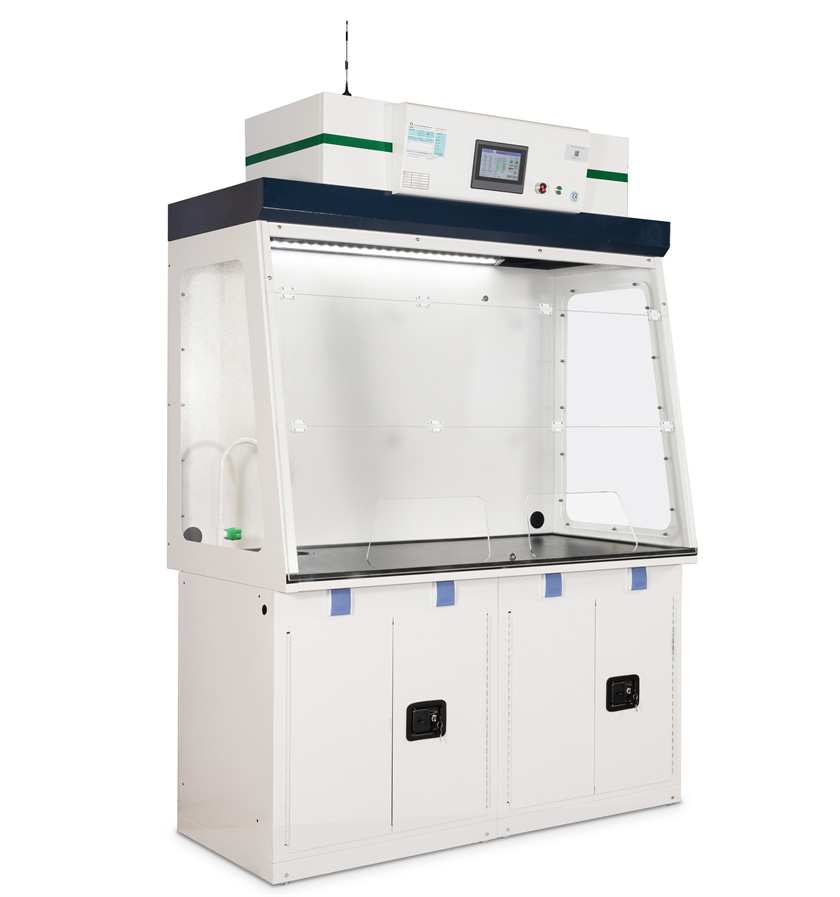
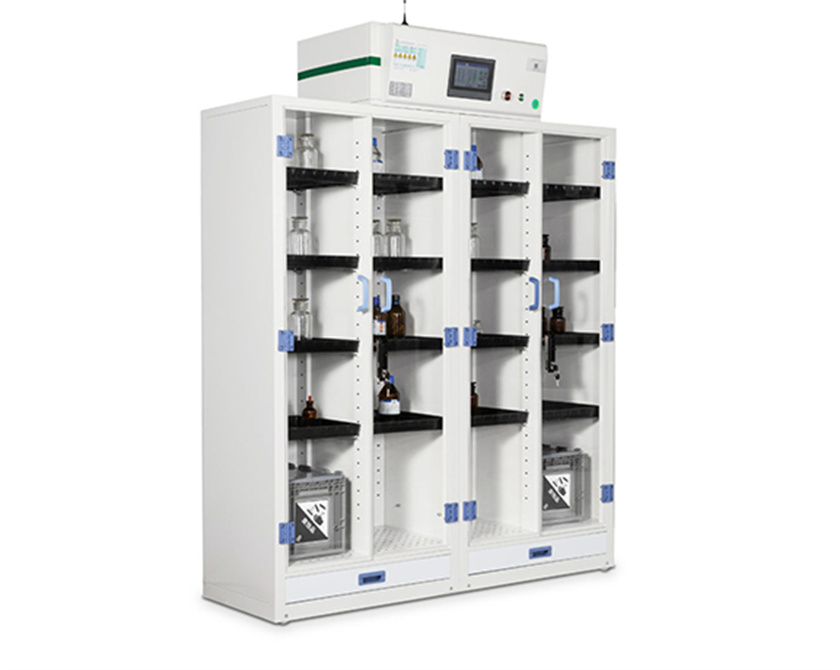
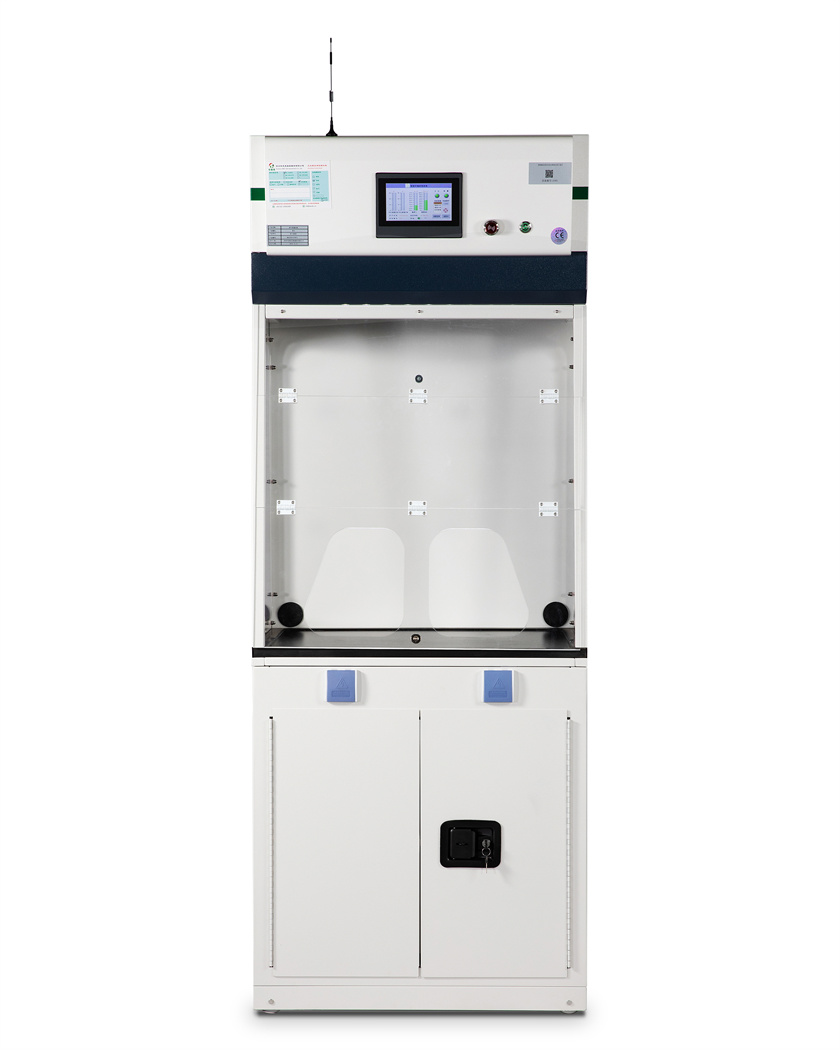

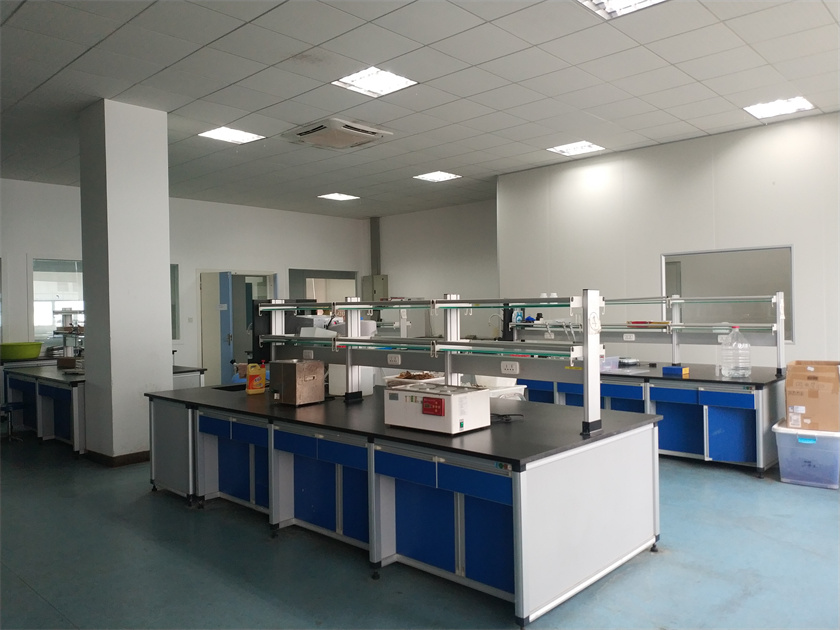
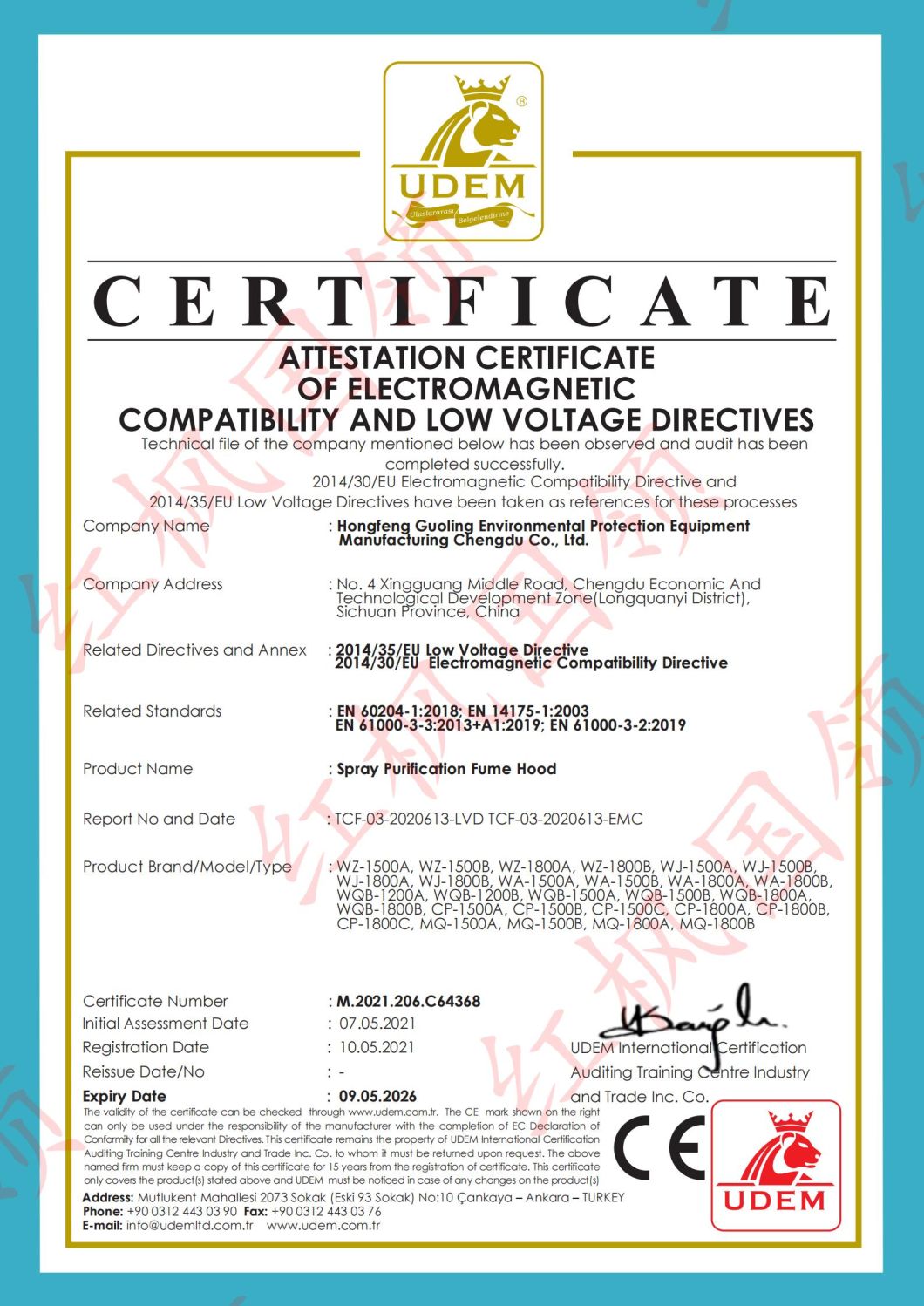
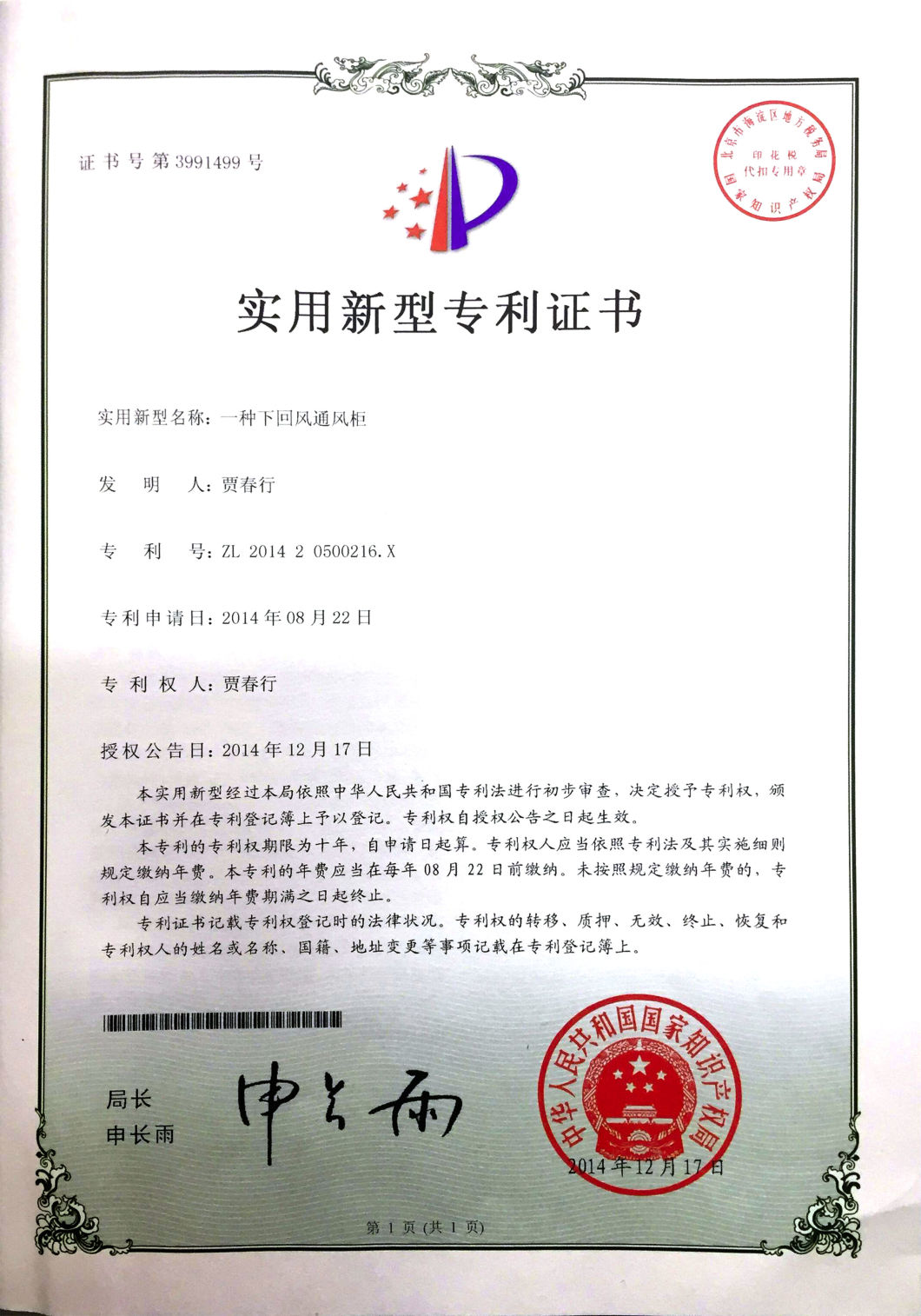
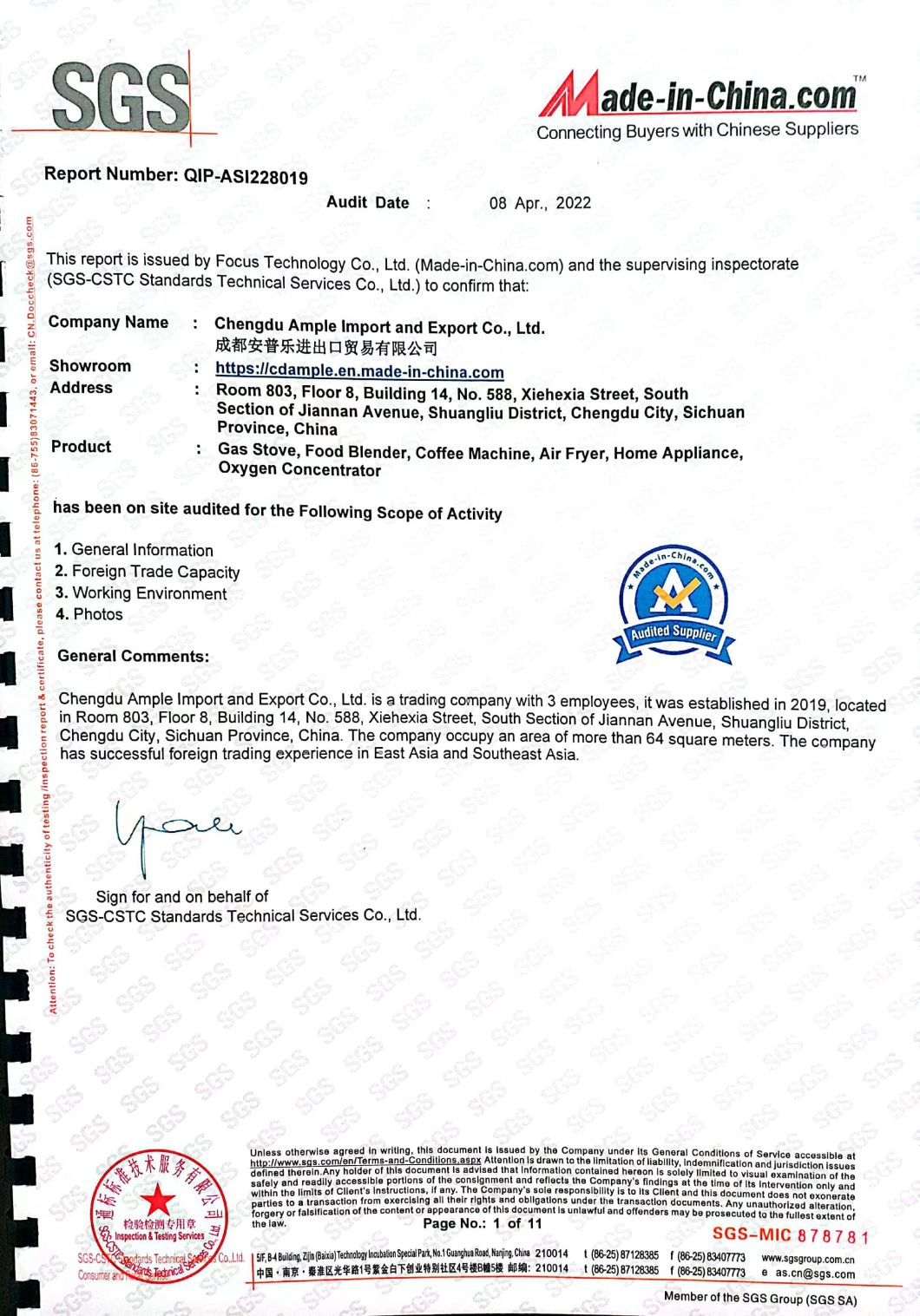
What Is a Fume Hood?
A fume hood is a piece of laboratory equipment designed to minimize
a person's exposure to hazardous chemicals. The fume hood draws
away harmful vapors so lab employees can work with chemicals
without the risk of accidental exposure. The air is extracted from
the fume hood and filtered to remove dangerous vapors, and then
either exhausted outside of the building or recirculated back into
the lab.
How Does a Fume Hood Work?
The fume hood works by using a sash (a window that opens or closes
to protect the user) to contain the vapor and keep it away from the
user's face or to prevent it from drifting out into the rest of the
laboratory. Blowers draw in air from the room, through a filter or
number of filters within the fume hood and towards an exhaust area.
To safely work in a fume hood, keep all work at least six inches
away from the plane of the sash. This will ensure fumes are pulled
away from the user. Also, make sure the hood sash remains closed as
much as possible and keep the hood slots and baffles free of any
obstructions by containers or equipment. Never place your head
inside the fume hood when working with chemicals.
The airflow will differ depending on the type of hood you use. For
a constant air volume (CAV) hood, the fan has only one speed,
providing a stable and continuous airflow. A variable air volume
(VAV) hood allows users to adjust the velocity of the exhaust for
added versatility, while reduced air volume (RAV) hoods offer lower
airflow performance, making them ideal for working with less
harmful compounds.
